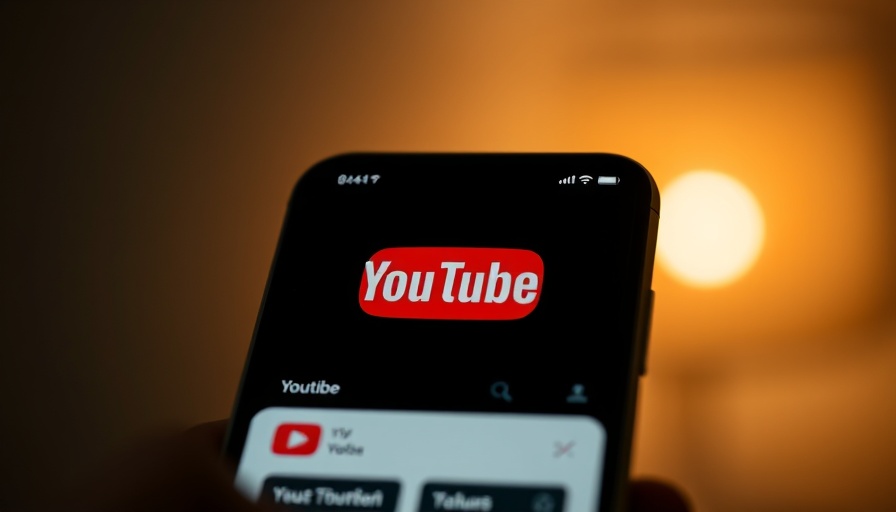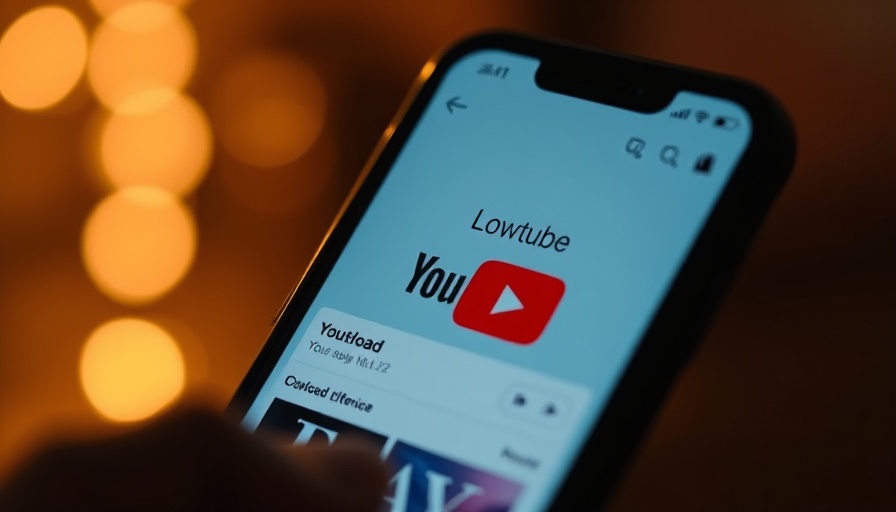
The Dawn of a New Era in Online Content Creation
YouTube has undergone a significant transformation, symbolizing the decline of online monoculture. The platform's latest update introduces individual user channels as a focal point, highlighting diverse content tailored for specific audiences. This change is revolutionary in a digital landscape often dominated by popular trends, reminding us that the future of online content lies in personalized experiences.
Understanding Online Monoculture
Online monoculture refers to a digital environment where the same ideas, trends, and content types dominate. This phenomenon has historically driven platforms like YouTube. However, as audiences continue to seek more personalized experiences, the tides are shifting. Users are now gravitating towards niche creators who resonate with their interests, rather than mainstream hits that garner millions of views but lack personal relevance.
A Shift Back to Individuality
The update emphasizes the importance of channel ownership and creator identity. It fosters a sense of community by allowing creators to curate content that speaks specifically to their audiences. This not only empowers creators but also encourages viewers to explore diverse perspectives, rather than being trapped in a cycle of trending content.
Parallel Examples: The Fall of Monocultures in Other Mediums
Much like YouTube, other platforms such as Spotify and TikTok have also started shifting away from monoculture tendencies. For instance, Spotify's algorithm promotes personalized playlists based on individual user habits, while TikTok's algorithm thrives on niche communities, ensuring contents are reflective of unique user preferences. These movements indicate a growing trend towards individualized content consumption across various platforms.
The Future of Online Content: Predictions and Trends
Looking ahead, the continuous evolution of algorithms will play a significant role in shaping content creation and consumption. As personalization becomes a priority, we can expect to see enhanced tools for creators, allowing them to interact directly with their communities. Additionally, the growing importance of authenticity will lead users to support creators who truly reflect their ideals and interests, fostering strong, individual-centric communities.
Counterarguments: The Risks of Fragmentation
While the move toward diversified content is promising, it is essential to consider potential downsides. A fragmented digital landscape could diminish shared cultural moments that arise from collective experiences. Critics argue that without a set of widely accepted narratives, communities may become siloed, hampering broader societal dialogue.
Valuable Insights for Content Creators
For creators, now is the time to embrace their individuality and invest in building niche communities. Authenticity and direct engagement will be critical in capturing audience loyalty. By focusing on unique content that highlights diverse viewpoints, creators can not only thrive but also play an integral part in shaping tomorrow’s digital landscape.
Wrapping It All Up
The decline of online monoculture underscores a pivotal moment in digital content creation and consumption. As platforms evolve to favor personalized experiences, both creators and consumers have the opportunity to redefine their digital interactions. By embracing diversity, the online ecosystem will flourish, leading to richer dialogues and varied perspectives in every corner of the internet.
 Add Row
Add Row  Add
Add 




 Add Row
Add Row  Add
Add 

Write A Comment